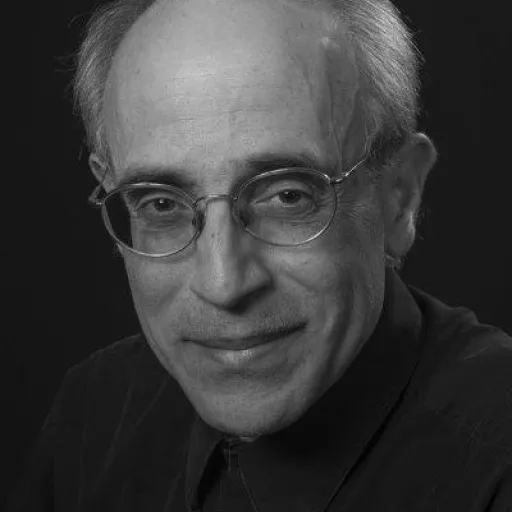Located on the western edge of Palermo, the Convento dei Cappuccini is famous for its extensive catacombs. Four centuries ago, the monks discovered these vaults contained a mysterious preservative that could mummify the dead. Over time, eight thousand Palermitani—from marchesas to maids—paid handsomely to be buried here.
To satisfy their patrons, the enterprising friars perfected different preservative techniques. During epidemics, they dipped bodies in arsenic or lime. They also invented new forms of embalming. But the most common method was dehydration. Bodies were placed in cells, called strainers, which resembled a barbecue pit, and dried for about eight months then removed and washed in vinegar before being exposed to fresh air. They were dressed and put in niches, coffins, or on the walls, as instructed by the deceased or their relatives.
Made of rough-cut stone, the exhibit halls are divided into seven categories: Men, Women, Virgins, Children, Priests, Monks, and Professionals. The corpses are dressed in splendid but moth-eaten clothes and occupy individual niches according to history and rank. Supposedly, the painter Velasquez also is buried here, but Goya would have felt more at home. Dangling from the limestone walls, elegant horrors wear top hats and tails, hoop skirts and bonnets. A clutch of doctors in dusty white coats consults over a patient long past their aid. A series of mitered skeletons in gold vestments raise their bony hands in a blessing. Two eyeless tots in frayed Fauntleroy collars play catch with an invisible ball.
Over one glassed crypt, a brass plaque reads “Valanguerra.” Judging from the Spanish cut of their eighteenth-century clothes, they must have come to Sicily with the Bourbons. A gentleman secretary wears a quill pen in a rotted ear. An amateur scientist holds a pendulum and a tarnished pocket watch. A Carmelite nun kneels in prayer. A wooden rosary binds her wrists, probably to keep her fleshless hands from falling off. But the most striking figure is a shrunken harpy, dressed in the late fashion of the ancien régime. She wears a moldering shawl, yellowed lace, and a cameo of Pallas Athena. Rubies glow in her gorgon-headed walking stick, but her large wig is crooked. A beaded veil covers her ravaged face. Rage has frozen her expression into a silent shriek. Dare to gaze into her clouded face; all attempts to pierce that veil will fail. The beads are as numerous as flies on a windowpane. A draft blows through the catacombs, and somewhere a door slams. One can almost hear the mummies whisper . . .
You alone on earth are eternal, Death. All things return to you. You cradle our naked being. In you, we rest secure—not happy, no, but safe from ancient sorrow. But why should that concern you happy children of this modern age? That warning at the gate does not apply to you. So you think. Much has changed since those words were carved, but one thing never changes: We all die, but still the mind clings to illusion until it rots. That is why we tell stories. To pretend otherwise, to rock ourselves to sleep and turn oblivion into a lullaby. Is it any wonder God never listens? Is it any wonder time unweaves every word?
You hear? The dead mock you. And the more you chatter, the more we laugh. Our one consolation. Every joke is an epitaph for a feeling. It numbs regret and kills tedium. La noia, we call it. The cosmic boredom that is our common fate. And so we pass time listening to gossip. The Three-Twenty-Seven bus has become so bumpy. The pastries at Gulì’s are so over-priced. The public works commissioner should be jailed. Divertimenti for an eternal salon.
These catacombs are as cool and damp as the underground chambers in Bagheria, where we escaped the sirocco. Now we find refuge from life’s heat. Muffled by stone, the traffic above us purls like a stream in a grotto. I would love to see these new machines. Made in Turin, I understand. More Piedmontese presumption. What do these Northerners know about carriages? They never parked at the Marina, in a car of ebony and gold, making love and eating jasmine-petal ices till two in the morning. They never defied Lord Bentinck’s edict and drove through the Quattro Canti in a coach and six, the coins for the fine sown in the horses’ plumed headbands and picked by the carabinieri.
Legally, I should not be here. Mummification was banned the year before I died, but the Villabatesi conspired on my behalf and confected ghost stories for the abbot. I prowled the fields at night in the shape of a she-wolf, they claimed. Dissolving into mist, I mingled with the oranges and lemons, turned into a poisonous cloud, and choked the field hands at dawn. I beat my former groom in his sleep. The old man could show his reverence the bruise from my crop. Somehow, they said, I must be appeased. My spirit would not rest, until I joined my ancestors. The abbot refused, until he awoke the next morning and found the saints off their pedestals in the main chapel. He hastily obtained a dispensation and personally embalmed me.
Such stories shock the American tourists, but Sicily pampers and exalts her dead. On the Feast of All Souls, relatives come to offer us gifts and to change our clothes. Sometimes they reinforce our rotting limbs with wire hangers. A necessity, I’m afraid. Although we try to remain presentable, time and gravity can be cruel. Most of us miss a jaw, a hand, or a foot. Every time I see my reflection, I sigh. Did this scarecrow seduce at one ball the Princes of Salina, Assaro, Trabia, and Camastra? Penance for my sins. When I was young and glib, I angered Archbishop Pignatelli by calling the mummies baccalá, dried cod. Now look at me.
Death and fashion are sisters.

